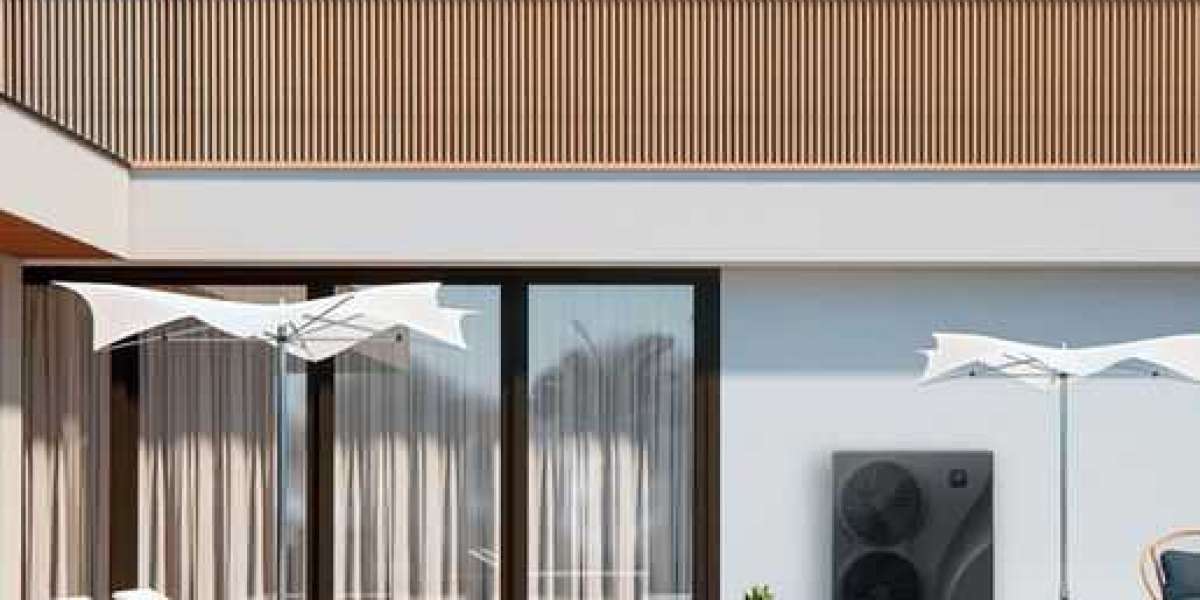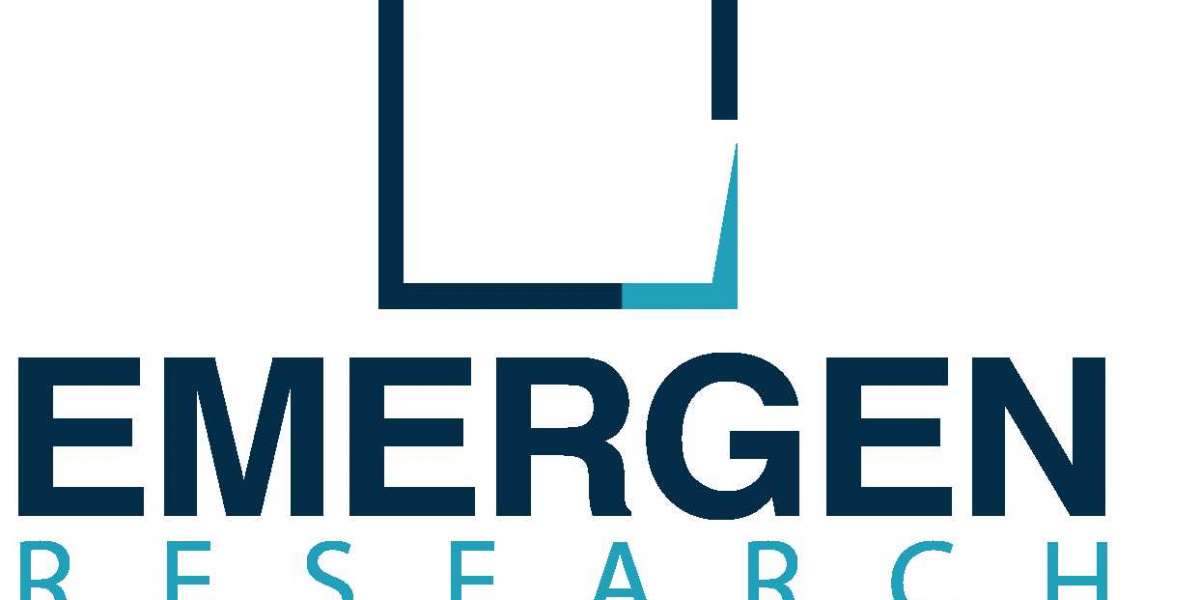Introduction
Heated indoor pools, equipped with efficient pool heaters, offer a wonderful opportunity for year-round swimming and aquatic activities. Whether it's for exercise, relaxation, or entertainment, these pools provide a comfortable and enjoyable environment. However, it is crucial to prioritize safety in order to create a secure environment for everyone using the facility. This article will delve into the essential safety measures that should be implemented in heated indoor pools, ensuring the well-being of swimmers and minimizing potential risks. By adhering to these guidelines, pool owners and operators, along with heat pump suppliers and manufacturers, can promote a safe and worry-free experience for all pool users.
Adequate Supervision and Lifeguarding
One of the fundamental safety measures for heated indoor pools is to ensure that there is adequate supervision at all times. Trained and certified lifeguards should be present, with their number depending on the size of the pool and the number of swimmers. Lifeguards play a crucial role in preventing accidents and responding promptly in case of emergencies. Their presence provides reassurance and adds an extra layer of security for pool users.
Secure Pool Perimeter
Maintaining a secure pool perimeter is essential to prevent unauthorized access and ensure the safety of swimmers. A fence or barrier around the pool area is necessary to control entry and restrict access to only authorized individuals. The fence should be of appropriate height and should have a self-latching gate that can be locked when the pool is not in use. This helps prevent accidents and keeps the pool area secure.
Clear Signage and Rules
Proper signage and clearly defined rules are important for communicating important safety information to pool users. Signs indicating the depth of the water, rules regarding diving, no-running policies, and other relevant instructions should be prominently displayed. The signage should also include emergency contact numbers and guidelines for reporting any concerns or incidents. By ensuring that the rules and guidelines are clearly communicated, pool owners can promote responsible behavior and prevent accidents.
Adequate Lighting and Visibility
Good lighting is crucial for maintaining visibility and ensuring a safe environment in heated indoor pools. Properly lit pool areas reduce the risk of slips, trips, and falls, and also facilitate quick response in case of emergencies. Adequate lighting should be installed both in the pool area and the surrounding spaces, including walkways and changing rooms. Regular maintenance and inspection of lighting fixtures are important to ensure they are in working order.
Regular Pool Maintenance
Regular pool maintenance is essential to ensure a safe and hygienic environment for swimmers. This includes proper cleaning and sanitization of the pool, regular inspection of equipment, and maintenance of water quality. The pool water should be regularly tested for pH levels, chlorine concentration, and other essential parameters to ensure they are within the recommended ranges. A well-maintained pool not only minimizes health risks but also helps identify and address potential safety concerns.
Safety Equipment and First Aid
Equipping the heated indoor pool area with appropriate safety equipment is vital in the event of an emergency. Lifebuoys, reach poles, and safety ropes should be readily available near the pool for quick rescue if needed. First aid kits should also be accessible and regularly restocked with necessary supplies. Pool staff and lifeguards should be trained in first aid and CPR techniques to provide immediate assistance in case of an injury or medical emergency.
Regular Staff Training and Certification
To ensure the highest level of safety, all pool staff, including lifeguards and maintenance personnel, should receive regular training and certification. Lifeguards must be certified in CPR, first aid, and lifeguarding techniques from recognized organizations. Training should include emergency response protocols, proper handling of pool chemicals, and effective communication skills. Regular refresher courses and training updates should be provided to keep the staff informed and up-to-date with the latest safety practices and procedures. By investing in staff training, pool owners and operators can enhance the overall safety culture and preparedness of their facility.
Regular Inspections and Compliance
To quickly detect and remedy any safety hazards, routine inspections of the pool facility, including pool heater and other equipment, are necessary. This include inspecting the pool's physical condition, making sure the safety measures are working, and confirming that the pool complies with all applicable laws and ordinances. To make sure that their facility complies with all relevant safety standards and laws, pool operators should work closely with local authorities and pool equipment providers like heat pump manufacturers. Regular compliance audits and inspections assist in maintaining a risk-free environment for pool users.
Emergency Preparedness Plan
Having a well-defined emergency preparedness plan is essential for any heated indoor pool facility. This plan should outline the steps to be taken in case of emergencies, including medical incidents, accidents, or natural disasters. It should include protocols for evacuations, communication with emergency services, and coordination with staff and pool users. Regular drills and simulations should be conducted to test the effectiveness of the emergency preparedness plan and familiarize staff with their roles and responsibilities.
Educational Programs and Water Safety Training
Promoting water safety education and providing training programs are crucial in creating a safe environment in heated indoor pools. This includes offering swimming lessons for different age groups, water safety courses, and educational materials for pool users. By equipping individuals with essential water safety skills and knowledge, the risk of accidents and injuries can be significantly reduced. Collaborating with local schools, community organizations, and swim clubs can help reach a wider audience and raise awareness about water safety.
Conclusion
Ensuring a secure environment in heated indoor pools requires a comprehensive approach that encompasses supervision, physical measures, maintenance, and collaboration with reputable heat pump suppliers and manufacturers. By implementing the safety measures outlined in this article, pool owners and operators can minimize risks, prevent accidents, and create a safe and enjoyable experience for all pool users. Prioritizing safety, along with the support of reliable pool heater suppliers, not only protects swimmers but also helps build trust and confidence among visitors, leading to a positive reputation for the facility. Remember, when it comes to heated indoor pools, safety should always be the top priority, and selecting the right pool heater from trustworthy manufacturers and suppliers is an important aspect of ensuring a secure environment.
Tag: air to water heat pumps, air source heat pumps, heat pump wholesalers, heat pump producers, largest heat pump manufacturers, european heat pump manufacturers















